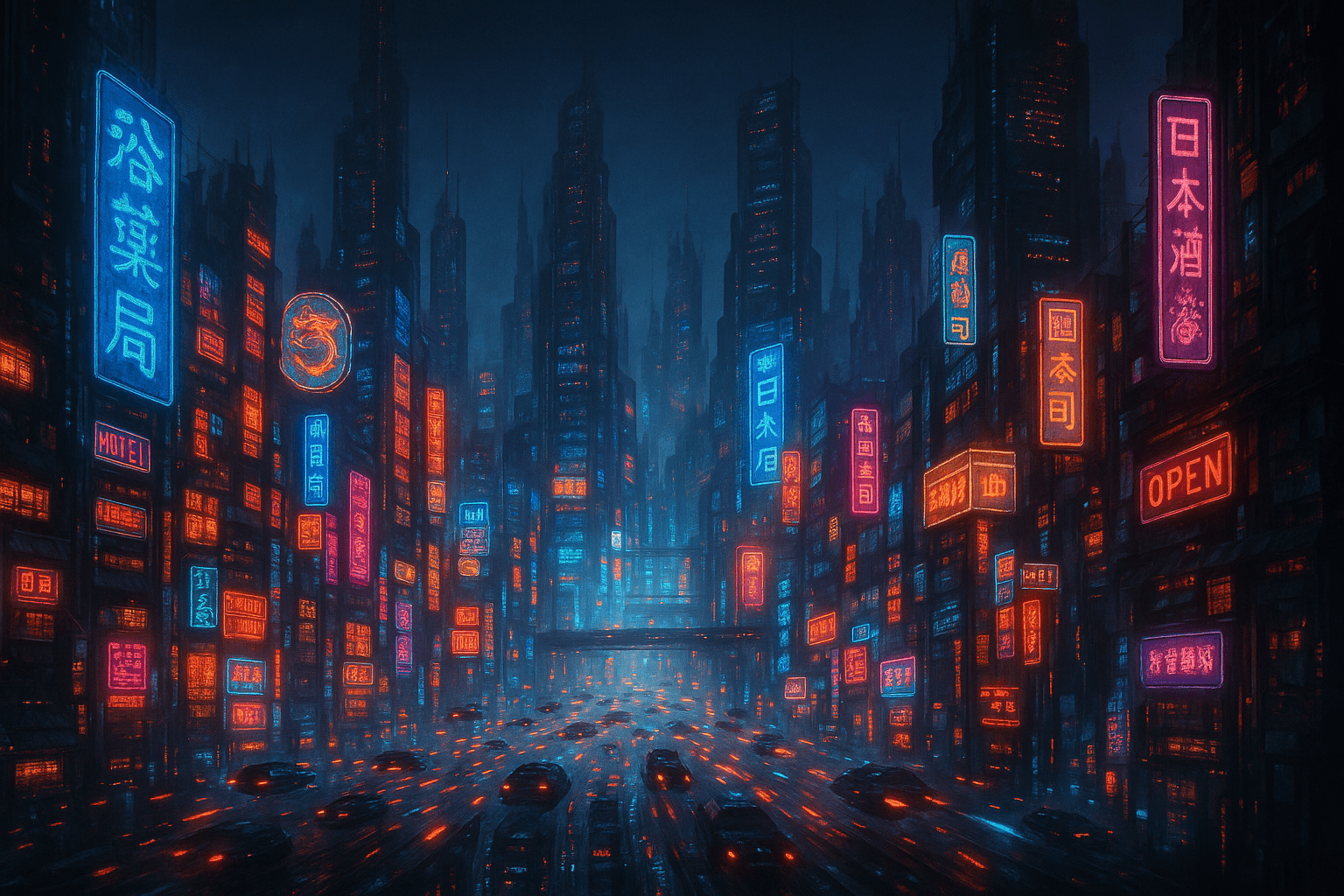Picture a city that doesn’t seem to end. A sprawling, pulsing entity of concrete, steel, and humanity, so vast it blurs the line between a metropolis and a small nation. This is the reality of the ‘megacity’—an urban agglomeration with a population exceeding 10 million people. Once a rarity, these colossal human settlements are becoming a defining feature of the 21st-century map. But what does it mean, geographically and culturally, to pack the population of Sweden or Portugal into a single urban expanse?
The Geography of Unprecedented Growth
The rise of the megacity is, at its core, a story of human geography. It’s a tale of mass migration driven by powerful pull factors: economic opportunity, access to education, better healthcare, and the promise of a different life. For decades, people have flocked from rural hinterlands to urban centres, transforming cities like Dhaka, São Paulo, and Kinshasa into population powerhouses. Today, the world’s largest megacity, Tokyo, is home to a staggering 37 million people—more than the entire population of Canada.
This explosive growth profoundly interacts with physical geography, often with high stakes. Consider the world’s coastal megacities. Cities like Mumbai, Shanghai, and Lagos owe their initial prominence to their strategic locations on bays and deltas, which made them ideal for trade and commerce. Yet, this geographical advantage is now a critical vulnerability. As sea levels rise, these low-lying giants face an existential threat from coastal flooding, storm surges, and saltwater intrusion into their freshwater supplies.
In contrast, inland megacities face a different set of geographical challenges. Mexico City, built on the soft soil of a drained lakebed in a high-altitude basin, is famously sinking while simultaneously struggling to secure enough water for its 22 million residents. Delhi’s location in the landlocked Indo-Gangetic Plain means that during winter, a combination of agricultural burning, industrial emissions, and vehicle exhaust gets trapped by cooler air, creating some of the most hazardous air pollution on the planet.
An Urban Archipelago: A City of a Thousand Cities
To think of a megacity as a single, homogenous place is a geographical mistake. A more accurate model is an “urban archipelago”—a chain of distinct islands, or districts, each with its own character, function, and socio-economic identity. Moving between them can feel like crossing a cultural border.
Tokyo is a perfect example. A short train ride can transport you from the dizzying neon canyons and corporate monoliths of Shinjuku to the serene, historic temples of Asakusa. Venture to Harajuku, and you’re in the heart of avant-garde youth fashion; a few stops away lies Ginza, a district defined by luxury department stores and Michelin-starred restaurants. Each district is a world unto itself, a specialized node in the vast urban network.
This “archipelago” effect is even starker in megacities with greater economic disparity. In São Paulo, Brazil, the urban map is a patchwork of extreme wealth and poverty. Fortified, high-rise residential compounds in neighbourhoods like Morumbi, complete with private security and helipads, exist just a short distance from sprawling favelas—informal settlements that climb precariously up the city’s hillsides. The physical geography of the city—its hills, valleys, and rivers—becomes a canvas upon which social and economic divisions are drawn in sharp relief.
A Babel of Tongues: The Linguistic Landscape
Where millions of people from diverse backgrounds converge, so do their languages. Megacities are humanity’s greatest linguistic melting pots, creating complex and fascinating soundscapes.
In Mumbai, the official state language is Marathi. Yet, walk through its crowded streets and you will hear a symphony of Hindi, English (a language of business and governance), Gujarati, Tamil, and dozens of other dialects. This linguistic diversity can be geographically clustered, with certain neighbourhoods becoming known for their communities of Bengali speakers or Kutchi traders. To navigate the city effectively, a functional, multilingual dexterity is almost a necessity.
In Lagos, Nigeria, a megacity of over 20 million, English may be the official language, but the dominant vernacular is Yoruba. Alongside it, you’ll hear Igbo, Hausa, and, most importantly, Nigerian Pidgin. This creole language has evolved as a vital lingua franca, a common tongue that bridges the communication gap between people from Nigeria’s 250+ ethnic groups. It is the unofficial, unifying language of the market, the bus, and the street—a linguistic innovation born from the megacity’s density.
The Challenges Carved into the Map
For all their vibrancy and dynamism, megacities are also epicentres of immense challenges, many of which are fundamentally geographical.
- Infrastructure Strain: The sheer scale overwhelms even the best-laid plans. Gridlock traffic in cities like Jakarta or Manila is a daily, soul-crushing reality. Providing clean water, sanitation, and electricity to over 10 million people puts immense pressure on resources and grids that were often designed for a fraction of the current population.
- The Urban Heat Island Effect: The endless asphalt and concrete of a megacity absorb and retain solar radiation, making the urban core significantly warmer than surrounding rural areas. This phenomenon, known as the urban heat island effect, exacerbates heatwaves, increases energy consumption for cooling, and can pose serious health risks.
- A Colossal Footprint: A megacity’s resource consumption extends far beyond its administrative boundaries. Its “metabolic” needs—for food, water, energy, and building materials—draw upon a vast geographical hinterland, impacting environments hundreds or even thousands of kilometres away.
These massive settlements represent one of the most significant human experiments in history. They are marvels of ingenuity, culture, and resilience, acting as powerful engines of the global economy. Yet they are also fragile ecosystems, pushing the limits of environmental sustainability and social cohesion. As our world becomes increasingly urbanized, the story of the megacity—its geography, its culture, and its profound challenges—is truly the story of ourselves.
